Two cities of great charm have chosen to enhance their cultural heritage by focusing on the theme of light. Between artistic and cultural itineraries, food and wine delicacies, and solutions aimed at sustainable tourism, here are some suggestions on what to do and see
Bergamo and Brescia “two jewels”, according to the New York Times
Bergamo and Brescia have been designated “Italian Capital of Culture 2023”. Established in 2014, the title is awarded annually to an Italian city by the Ministry of Culture to support, encourage and enhance the design autonomy of Italian towns in the name of cultural and economic growth, innovation and inclusion.
For 2023, for the first time, a single title was awarded to two different cities linked not only by deep cultural values but also by the tragic events caused by the pandemic.
Bergamo and Brescia have chosen to undertake this unified path, focusing on the ‘illuminated city‘ theme. In the sign of light, it’s a relaunch project after the Covid19 affair has begun, which aims to rebuild a vision of the future to be bequeathed to the entire territory. And with an immersive event of art and light, this critical year was inaugurated, transforming the two Lombardy cities into veritable open-air museums.
Thanks to a rich cultural programme of over 100 events, including exhibitions, concerts, festivals and shows, Bergamo and Brescia are, therefore, two undisputed protagonists on the Italian scene, not only for the whole of 2023.
Two ‘jewels’ to absolutely visit, as the authoritative New York Times defined these two cities with a millennial history that, not by chance, have already experienced a boom in tourist bookings. The accommodation search, where one can spend even just a short weekend, has almost doubled compared to the previous year.
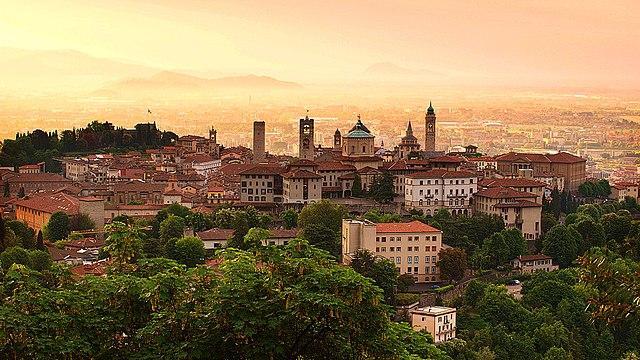
What you can see in Bergamo
Bergamo, divided into Città Alta and Città Bassa, is situated at the foot of the Orobian Alps and is also known as ‘the city of the Thousand‘ because of the Bergamasque volunteers who took part in the Expedition of the Thousand led by Giuseppe Garibaldi.
Starting from Bergamo Alta, which can also be reached by a short ride on the funicular railway, a visit can undoubtedly begin in Piazza Vecchia.
We are right in the historic centre, where the Torre del Campanone stands, which chimes 100 times every evening at 10 p.m., while the Torre del Gombito, from the Latin ‘compitum’, meaning crossroads, built in the 12th century, at 52 metres is the highest in the city.
The treasures of the Città Alta
Numerous historical buildings can be visited in Bergamo Alta, starting with the Palazzo della Ragione, one of the oldest municipal buildings in Italy, which housed the city government in the late 1100s. It took the name ‘Palazzo della Ragione’ under the rule of the Serenissima in the 15th century, becoming the court seat and later used for various purposes: theatre and library.
In the porticoed loggia of the Palace, there is an 18th-century sundial called ‘lo Gnomone‘. The interior of the palace houses paintings and frescoes of great artistic value.
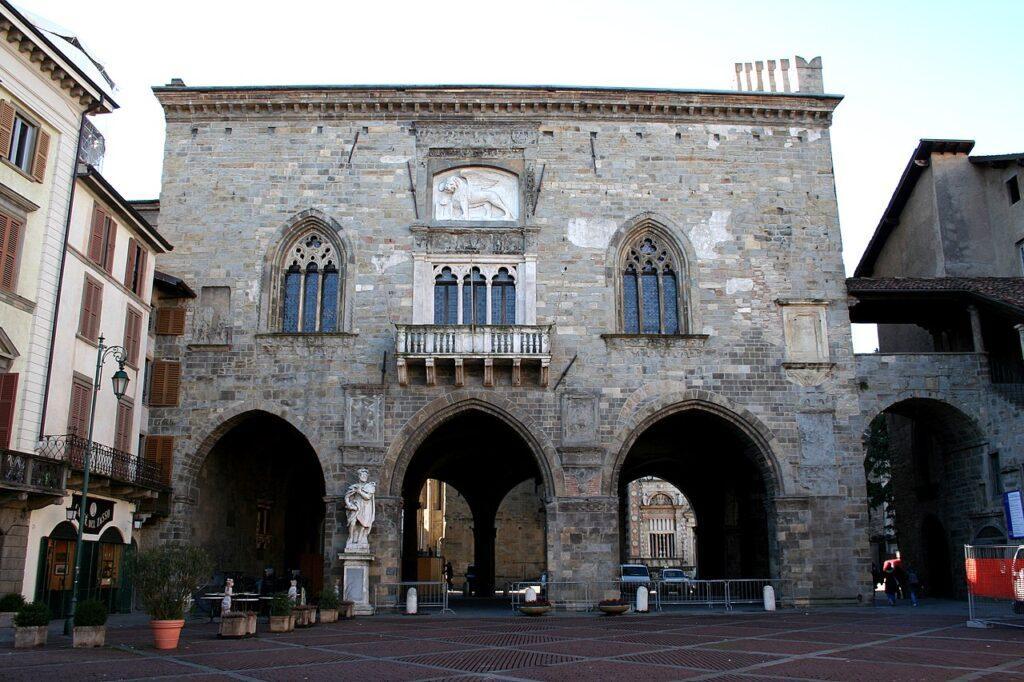
The square is overlooked by Caffè del Tasso, a historic café adopted as a base by the people of Bergamo who decided to follow Giuseppe Garibaldi in the Expedition of the Thousand.
Also worth a visit is La Rocca di Bergamo, an ancient military building on San Vigilio Hill, which offers a spectacular panoramic view of the city and the valley below.
Among the treasures to be discovered is the Cathedral of Sant’Alessandro (i.e. the Duomo), the construction of which began in the mid-15th century and lasted until the 19th century. Inside, it contains splendid works of art, including the Martyrdom of St John the Bishop painting by Giambattista Tiepolo and the polychrome marble altar by Filippo Juvarra.
Also worth visiting is the Basilica of Santa Maria Maggiore in Piazza Duomo, built after the plague of 1135, with its fresco of the Tree of Life by the Giotto school. Also in Piazza Duomo is the Colleoni Chapel, the Renaissance mausoleum of Bartolomeo Colleoni, a captain of the fortune from Bergamo, adorned with lozenge decorations in polychrome marble and bas-reliefs.
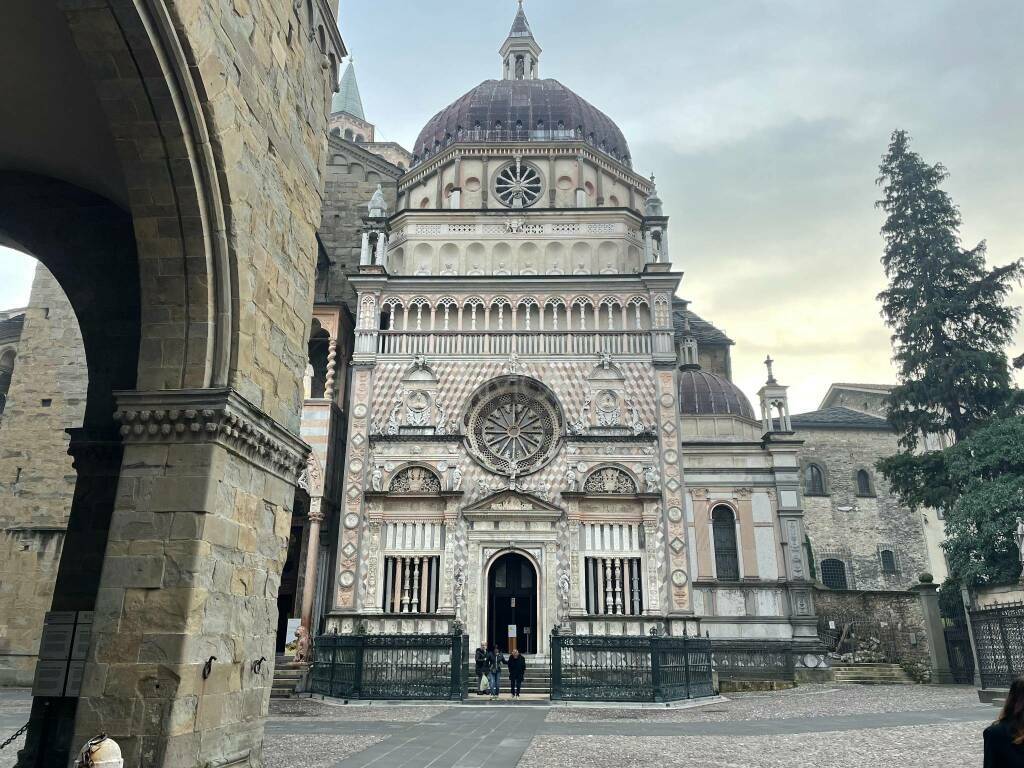
Porte del Morto (Doors of the Dead) are a particular curiosity. They are located in Via della Rocca, where next to the entrance door of some houses, you can see another narrower and now walled-up door, raised above street level. In the Middle Ages, coffins were brought out of these small doors; once the corpses passed through them, they were bricked up. They can also be found in other Italian cities, primarily Tuscany and Umbria.
The entire city centre is obviously pedestrianised.
If you love art, you should visit these museums
If you are an art lover, then you cannot miss the Accademia Carrara, reopened last 28 January after some renovation work, which houses a rich heritage of paintings, from Pisanello to Mantegna, from Foppa to Bellini and, again, Raffaello, Tiziano, Lotto, Moroni, Baschenis, Rubens, Tiepolo, Canaletto, Guardi, Hayez and Previati.
In 2023, it will also host numerous exhibitions. Among them, one dedicated to Cecco del Caravaggio, a direct pupil of Caravaggio who lived between 1580 and 1630, which will remain open until 4 June 2023.
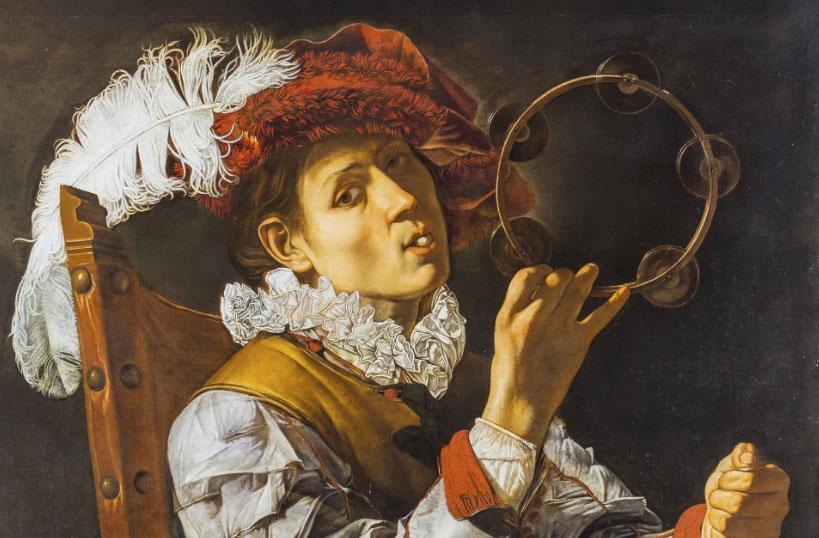
On the other hand, contemporary art lovers will find at GAMeC, la Galleria d’Arte Moderna e Contemporanea, a programme that is always very diverse and open to experimentation and multidisciplinarity. It is currently hosting the exhibition Salto nel Vuoto. Art beyond matter is dedicated to investigating the case in 20th and 21st-century art.
If, on the other hand, archaeology is among your interests, there is the Civico Museo Archeologico.
Founded in 1561 by the city’s Grand Council, it houses artefacts from prehistoric times, through Gallic and Roman culture, to the early medieval section that presents Gothic and Lombard pieces.
Bergamo Bassa, “the modern”
The Città Bassa is undoubtedly more modern, developing from the 19th century onwards, following the models of European capitals.
Highlights include the Donizetti Theatre, built in the 18th century, the Church of San Bartolomeo with the Pala Martinengo by Lorenzo Lotto, and the Casa Paleni, a splendid Art Nouveau building.
Bergamo Bassa is the ideal place to go shopping or enjoy the local cuisine among the many restaurants and cafés.
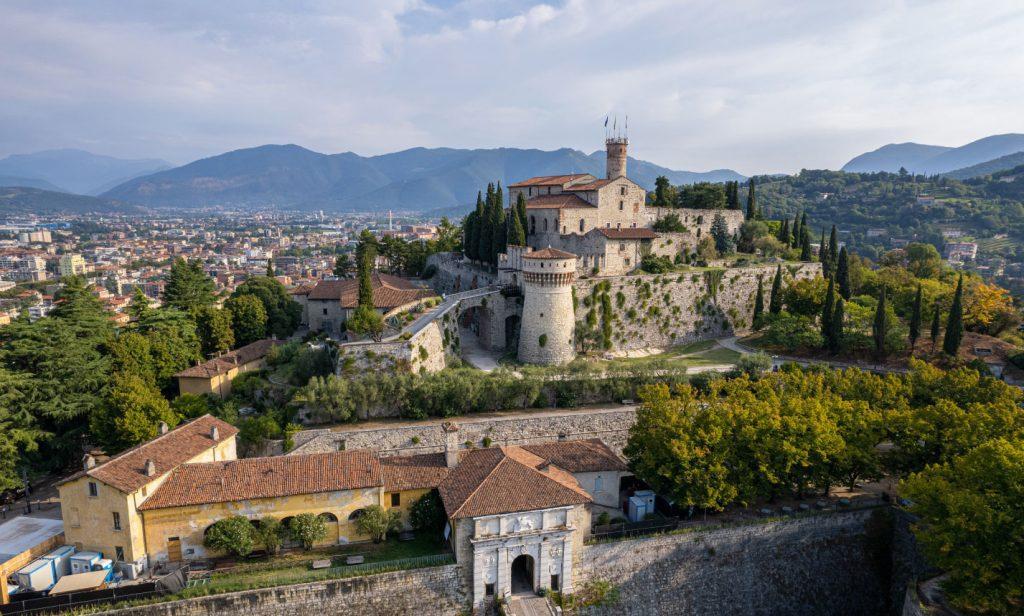
Brescia, the Lioness
Brescia, called the “Lioness of Italy” (in the definition given first by Aleardo Aleardi and then by Giosuè Carducci for the city’s heroic resistance to the Austrian troops in 1849), is nestled between two beautiful lakes: Lake Garda and Lake Iseo.
It is, therefore, a city of great natural charm and countless cultural attractions. Although it is not very small, it can still be visited on foot.
The nerve centre is Piazza della Loggia, also known as Piazza Vecchia, dominated by the Palazzo della Loggia, built between 1492 and 1570, the municipal council seat. The square is home to three of Brescia’s four famous “talking statues”, i.e. a group of sculptures from different eras on which the people of Brescia used to post anonymous messages criticising their rulers.
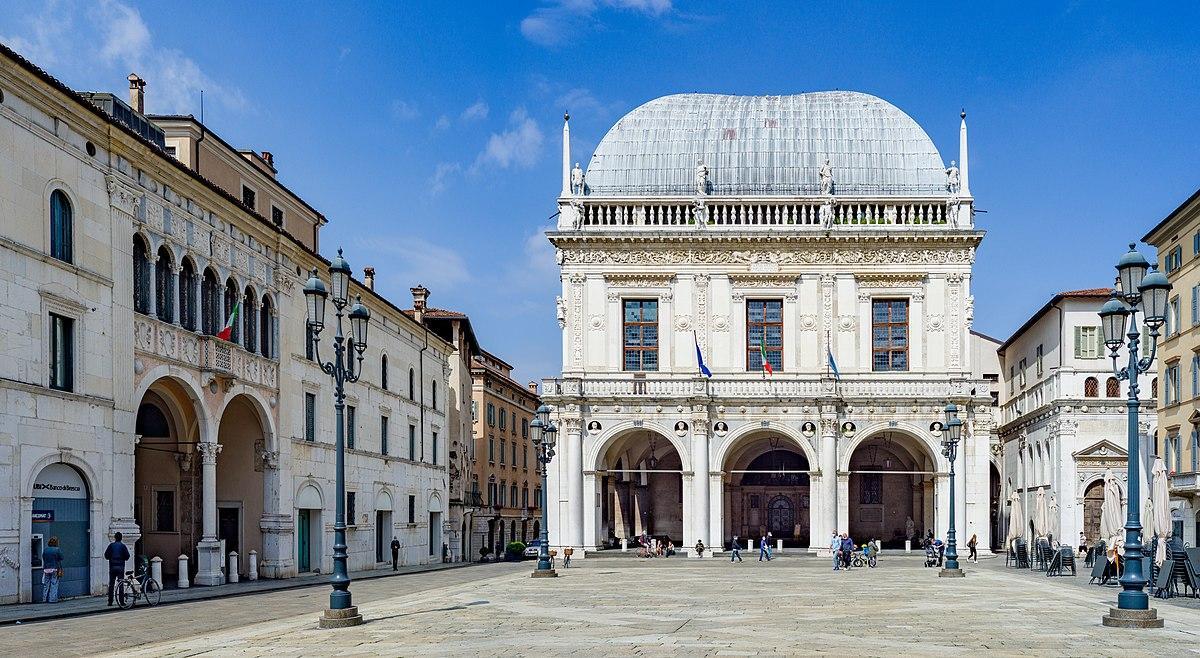
Perched on the Cidneo Hill, close to the historical centre, is what is considered the symbol of the city, the Castle of Brescia, also called the Falcon of Italy, a complex of medieval fortifications that is one of the largest in the Belpaese, full of itineraries both inside and outside the walls, ideal for a relaxing walk.
Museums not to be missed
The inauguration of the new Museo del Risorgimento Leonessa d’Italia also marked the year’s opening. Completely refurbished, it houses historical artefacts relating to the Risorgimento, works of art that have shaped our imagination about the Risorgimento epic, and a digital collection that allows for an experiential and engaging approach to the Museum.
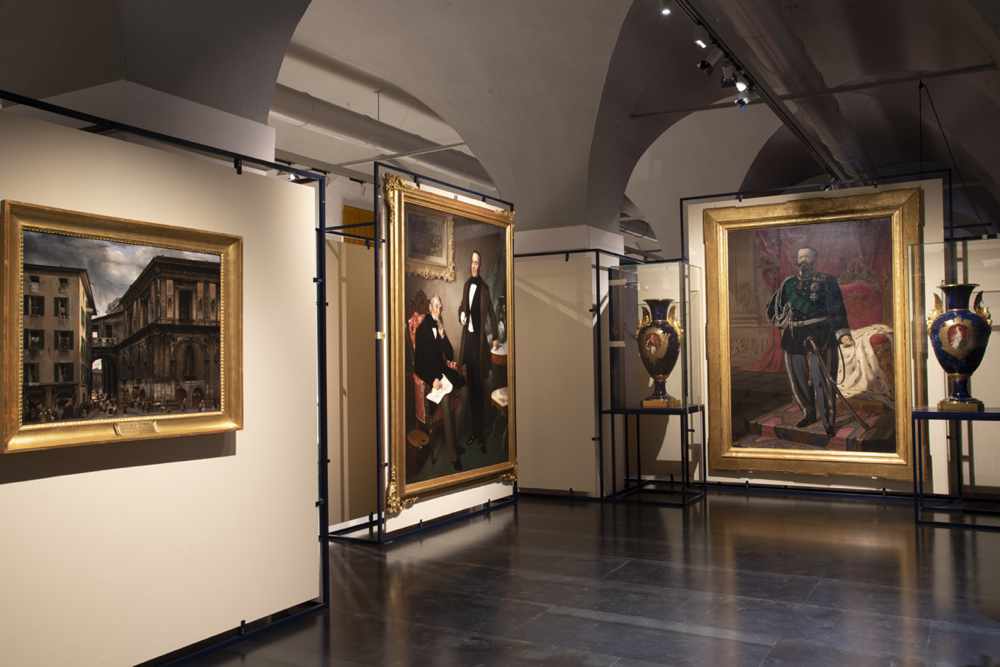
Also to be noticed is the Museum of Santa Giulia which presents at least 11 thousand pieces from prehistory to the nineteenth century. Among the works of art is the recently restored Winged Victory, one of the most extraordinary statues from Roman times. Until 13 November, the Museum will also be the centrepiece of the Brescia Photo Festival.
Then there is the wholly renovated Pinacoteca Civica Tosio Martinengo, with works covering a broad period from the 13th to the 18th century, including masterpieces by Raffaello, Lorenzo Lotto, Canova and Hayez.
The Pinacoteca is hosting the exhibition Lotto, Romanino, Moretto, Ceruti. The champions of painting in Brescia and Bergamo, with over eighty masterpieces from public and private collections from Italy and abroad.
Until 14 November next, visiting the photographic exhibition David LaChapelle for Giacomo Ceruti will also be possible. Nomad in a Beautiful Land presents an unprecedented shot taken by the famous American photographer for Brescia, inspired by Ceruti’s works.

An itinerary for people who are blind at the Diocesan Museum
The Diocesan Museum of Brescia hosts a permanent route for blind people and a multi-sensory room in the dark entitled “In the Workshop of Moretto”.
This initiative presents two central moments of interaction, with a guided tour for blind people that winds its way along the corridors of the Museum’s collections to discover representative works and objects. By framing a Qr code near the blue volumes identifying the ‘stopping points’ that house objects and tactile tables, the blind accompanied will be able to listen to the descriptions of the works.
Ancient Brixia
Finally, Roman Brescia is an unmissable attraction for archaeology lovers, whose Archaeological Park is recognised as a UNESCO World Heritage Site. Here, you can admire the remains of ancient Brixia, Brescia’s original Roman name, where you can enter a series of buildings dating from the 1st century BC to the 3rd century AD.
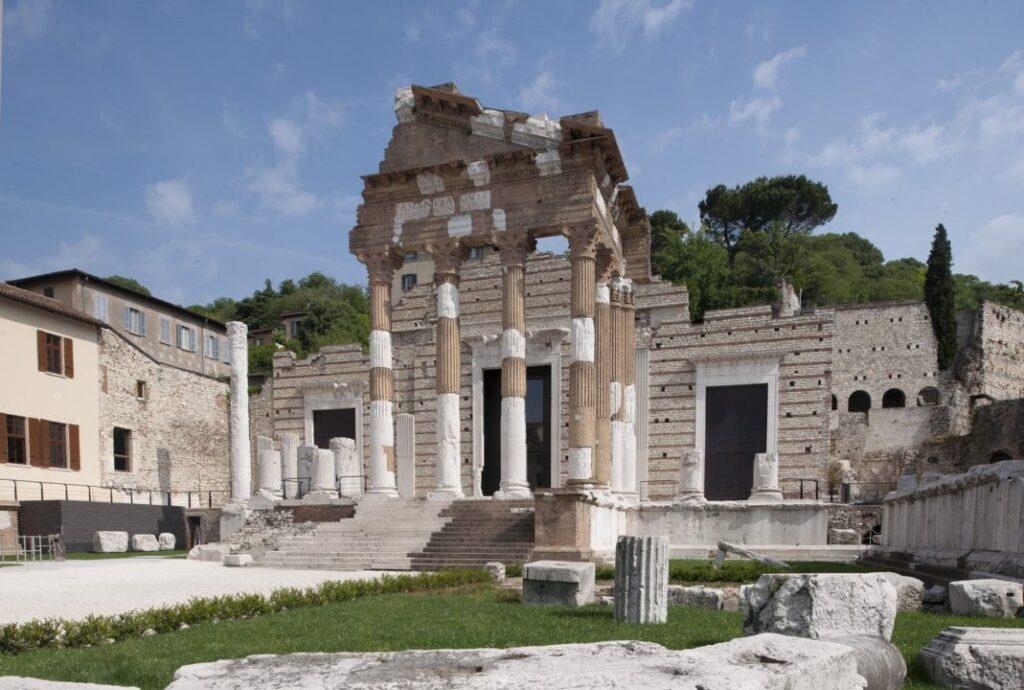
Food and wine specialities
Visiting Bergamo and Brescia also means enjoying some typical local specialities. It is no coincidence that from 2019 Bergamo will be part of the concise list of Unesco Creative Cities for gastronomy.
Among the delicacies is Polenta, which has many versions, from the Taragna to the one that accompanies almost all local meat and cured meat dishes as a side dish.
Then there are the Casoncelli, which in dialect are called casonsèi, a typical anti-waste dish. It is, in fact, a stuffed pasta that used to be made with leftover meat from home. This dish has been awarded the quality mark “Bergamo, city of a thousand…flavours” conceived and promoted by the city’s Chamber of Commerce. Another fresh pasta is Scarpinocc, filled with cheese, and Grana Padano, to which butter, milk, eggs and various spices are added.
This area is home to some of the best cheeses in the world, with nine PDO kinds of cheese (Formai de Mut, Taleggio, Bitto, Grana Padano, Gorgonzola, Quartirolo Lombardo, Provolone Valpadana, Salva Cremasco and Strachitunt).
Among the desserts, how could we fail to mention one that recalls its savoury namesake: Polenta e osei, a golden dome topped with chocolate birds?
The Capital of Culture 2023 also has a territory with a long wine-growing tradition. These range from Moscato di Scanzo Docg from Bergamo to Valcalepio Rosso, Bianco and Riserva, to Franciacorta from Brescia. Among the best-known wines are Lugana Doc, Botticino Doc and Cellatica Doc.
EastLombardy is the reference point for food in Bergamo Brescia.
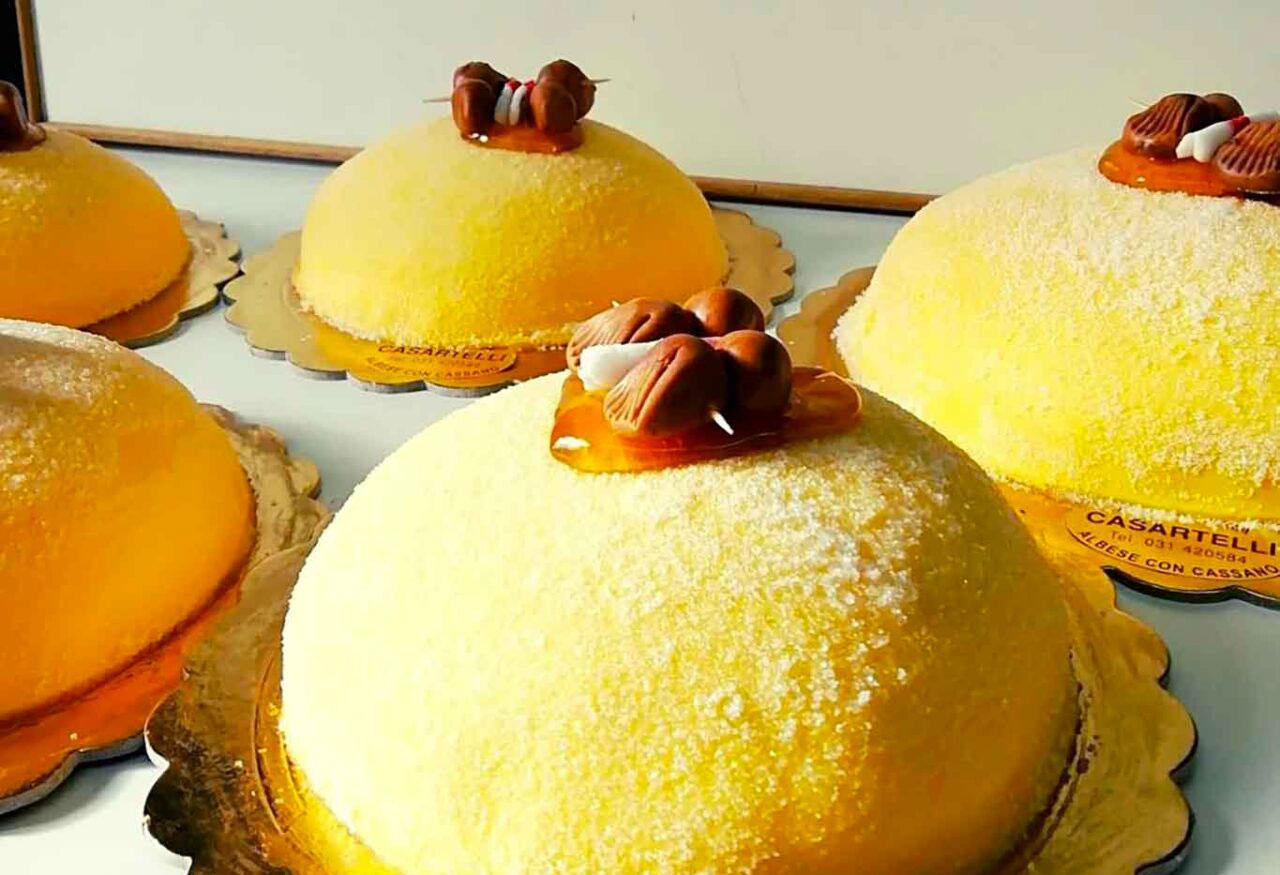
Bergamo and Brescia in the sign of sustainable mobility
To facilitate travel between the two cities, solutions aimed at sustainable tourism have been implemented. These include a pedestrian route called “Via delle Sorelle”, a 130-kilometre-long path dedicated to slow tourism that connects Bergamo to Brescia and aims to promote the entire area.
Another solution is a 75-kilometre cycle path that touches on 800 sites of historical and cultural interest and three regional parks.
In addition, tickets have been made available for experiencing the capital at its best, which can be purchased on ATB Mobile and BresciApp!, the two applications dedicated to the mobility of the two cities.


